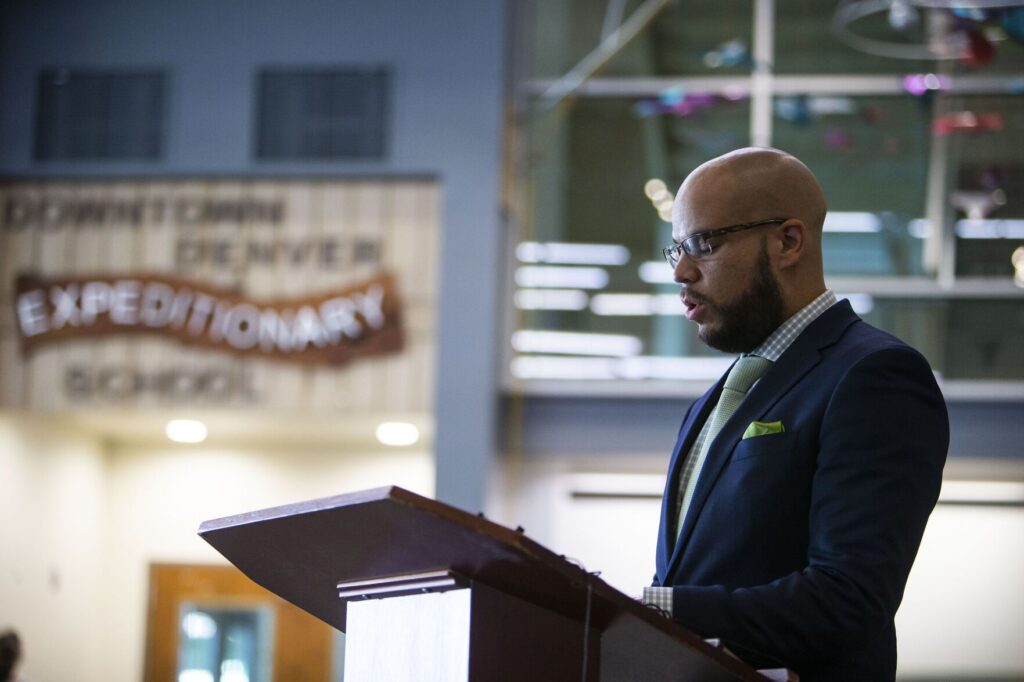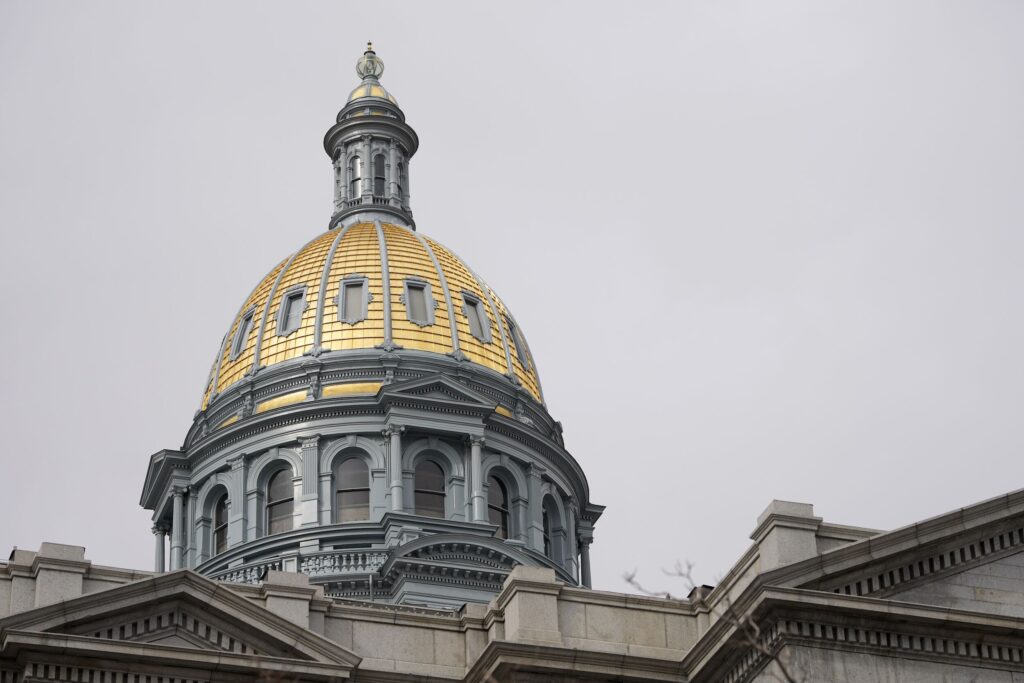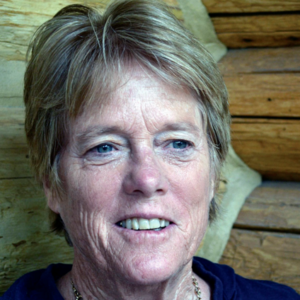Energy distortions — left and right | SLOAN


The revival of the legislative inquisition against oil and gas production in the state was simultaneously unpredicted (most observers felt other issues would overtake, given there was not much of an oil and gas industry left to persecute), and predictable (the Inquisitors can’t help themselves until the last vestige of fossil fuel development is wiped even from memory and the industrial revolution is repealed).
The bills making their rounds in the state legislature, like a handful of ballot measures that mirror them, would continue the regulatory onslaught; one even forbids the issuance of any new drilling permits from now until the end of time. Another bill calls for a seasonal pause on oil and gas drilling. This is being done in concurrence with other measures that call for the electrification of everything. It is unclear where all this new electricity is to come from, just that it is not to come from the things that currently make about three-quarters of our electricity – coal or natural gas.
Stay up to speed: Sign up for daily opinion in your inbox Monday-Friday
A thousand miles or so north, the Province of Alberta took a slightly different, yet oddly similar, approach. Last August, the province’s government imposed a six-month moratorium… on wind and solar development. That just expired, and has been replaced with a slew of new regulations and restrictions on new renewable energy projects, including:
- No renewable energy development on agricultural land, unless it can be demonstrated that crops and/or livestock can coexist with the renewable project;
- Renewable developers are to be responsible for reclamation costs;
- The establishment of 35-kilometre buffer zones excluding wind projects to protect “pristine viewscapes;”
- Development of renewable energy projects on Crown lands to only be approved on a case-by-case basis; and
- Municipalities have an automatic right to participate in Alberta Utilities Commission (AUC) hearings.
Sounds rather familiar, doesn’t it? Trust me, so do the criticisms of the move, citing “uncertainty,” and how the new rules, and the pause that preceded them, threatened to close Alberta to investment.
The parallels are not completely reflective; Alberta Premier Danielle Smith had good reasons to impose these restrictions – the Canadian federal government’s obtrusive climate policies had a hand in forcing the escalation of a renewable energy industry before anyone was ready for it. Smith and her government were responding to concerns about the rapid absorption of viable agricultural lands by these projects, particularly wind farms which take up an enormous amount of acreage. She also cited concerns about grid reliability
The economic impacts of the relative actions are not quite comparable either. Renewable proponents in Alberta are decrying the province’s polices put at risk some $4.7 billion in renewable investment, and I’m sure they are correct. Alberta’s oil and gas sector is supporting $170 billion in oil sands projects currently underway alone, with something on the order of $2.5 trillion in investment planned during the next couple decades. At least Alberta isn’t biting the hand that feeds it.
Still, the restrictions being placed on the little renewable industry, even if needed for their specific circumstances, makes one’s free market compass quiver a little. But this is the price of years of regulatory machinations imposed on the energy sector. Gone it seems, lamentably, are the days when energy policy was focused strictly on making sure our society had what it needed to keep the lights on and the economy humming. Now it is more about politically handpicking the source.
Alberta’s version of energy market meddling won’t have much of an effect on anything, but the manipulation and market circumlocutions required to displace fossil fuels and promote renewables past what they can comfortably deliver certainly will. Renewable energy (excluding large-scale hydro) appears to hit a ceiling at around 20% of total generation, a number that is generally exceeded only by the institution of credits or some other market sleight-of-hand.
Of course there is the environmental factor. We have enough coal reserves on hand to meet our needs and keep civilization from collapsing for the next several generations; but the burning of coal comes with ecological consequences that are difficult to mitigate. It would seem a logical solution would be nuclear, but here again the institutional phobia around nuclear power has created a regulatory minefield around that technology that even newer iterations – which wholly ameliorate the residual difficulties – are unable to breach without, paradoxically, substantial government intervention.
The obvious answer to all of this would be to let the free market sort it out, but that market has been so distorted and manipulated for so long it now requires a degree of counter-manipulation which merely adds to the confusion. So here we are. The production and delivery of energy, the central economic concern to any nation after the ability to feed itself, is a complex issue which now is to be decided not by inherent and impartial market forces responding to resource supply and societal demands, but by the whims of people like Alexandria Ocasio Cortez and Marjorie Taylor Greene. Sleep well tonight.
Kelly Sloan is a political and public affairs consultant and a recovering journalist based in Denver.













